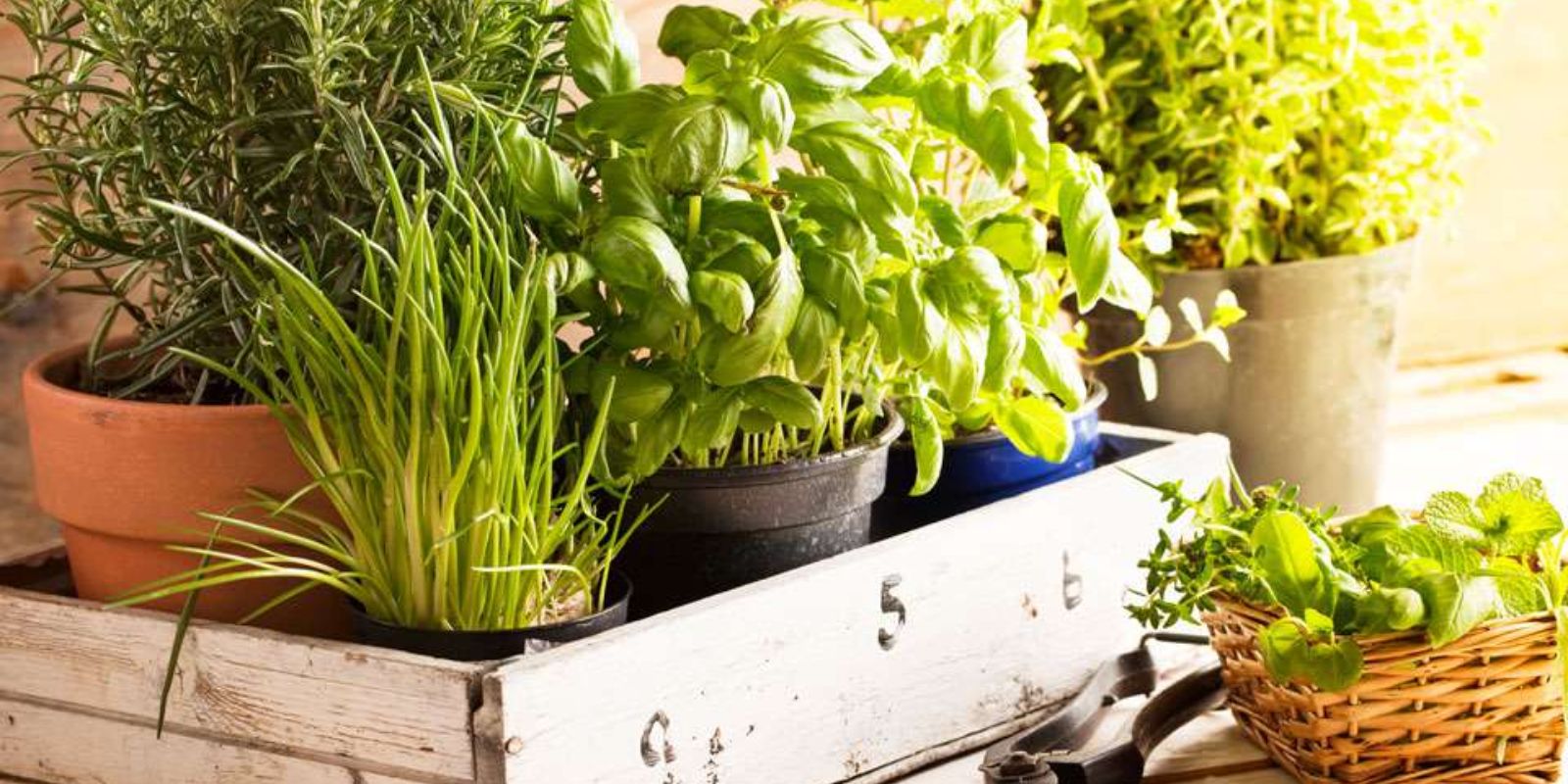Herb gardening is a delightful and practical pursuit for any gardener. Herbs add flavor to meals, make fragrant additions to your home, and can even offer medicinal benefits. Whether you’re a seasoned gardener or a beginner, growing herbs is an accessible way to enhance your green space. This guide will walk you through the essential steps to cultivate herbs effortlessly and successfully.
1. Choose the Right Herbs
Select Herbs Suitable for Your Climate
Start by choosing herbs that will thrive in your climate and soil conditions. Common herbs that are easy to grow include basil, rosemary, thyme, mint, and parsley. Each herb has its specific needs, so it’s essential to research and select varieties that match your local environment.
Consider Available Space
Determine where you want to plant your herbs. You can grow them in your garden bed, raised beds, or containers. Herbs can adapt well to various environments, so choose the method that best fits your space and lifestyle. Containers are particularly useful for those with limited space or for growing herbs indoors.
2. Prepare the Soil
Use Quality Soil
Herbs need well-draining soil enriched with organic matter. Loamy soil that is slightly acidic to neutral is ideal. Prepare your soil by mixing in compost or well-rotted manure. This will improve soil fertility and ensure proper drainage.
Soil Preparation
Before planting, loosen the soil to a depth of at least 12 inches to accommodate root growth. If you’re using a raised bed or container, ensure it has adequate drainage holes to prevent waterlogging.
3. Planting Herbs
Timing is Key
Plant herbs after the last frost in spring for outdoor gardens. In warmer climates, you can also plant in the fall. For indoor herb gardens, you can start planting at any time of the year.
Spacing and Arrangement
Follow the spacing recommendations for each herb to ensure they have enough room to grow. Most herbs should be spaced 6-12 inches apart, depending on their mature size. This spacing helps prevent overcrowding and promotes healthy growth.
4. Watering
Maintain Consistent Moisture
Herbs require regular watering to thrive, but overwatering can lead to root rot. Keep the soil consistently moist but allow it to dry out between waterings. A good rule of thumb is to water when the top inch of soil feels dry.
Drainage
Ensure that your containers or garden beds have proper drainage. Excess water can suffocate the roots and cause various problems. Use well-draining soil mixes and avoid waterlogging by checking the drainage regularly.
5. Sunlight Requirements
Provide Adequate Light
Most herbs need 6-8 hours of sunlight each day. Choose a sunny location in your garden or use grow lights if growing herbs indoors. Sunlight is crucial for the production of essential oils and nutrients in herbs.
Shade Tolerance
Some herbs, like mint and parsley, can tolerate partial shade. If your garden has shaded areas, these herbs can still thrive and provide fresh flavors to your dishes.
6. Fertilizing
Use Balanced Fertilizers
Herbs benefit from balanced, all-purpose fertilizers or organic compost. Apply fertilizer according to the recommendations on the label or use compost to enrich the soil naturally. Over-fertilization can lead to excessive foliage with less flavor, so apply sparingly.
Fertilizing Frequency
Generally, herbs need less frequent fertilization compared to other plants. Apply fertilizer once or twice during the growing season, depending on the growth and health of your herbs.
7. Pruning and Harvesting
Regular Pruning
Prune herbs regularly to encourage bushier growth and prevent them from becoming leggy. Pinch off the tips of herbs like basil and mint to promote branching and increase yield.
Harvesting Techniques
Harvest herbs when they are young and tender for the best flavor. Use clean scissors or pruning shears to snip leaves or stems. Avoid removing more than one-third of the plant at a time to ensure it continues to grow vigorously.
8. Pest and Disease Control
Monitor for Pests
Keep an eye out for common herb pests such as aphids, spider mites, and whiteflies. Use natural pest control methods like neem oil or insecticidal soap to address infestations without harming your plants.
Preventing Diseases
To prevent diseases, ensure good air circulation around your plants and avoid overhead watering. Fungal infections can be minimized by allowing the soil to dry out between waterings and avoiding wet foliage.
Conclusion
Growing herbs can transform your gardening experience by adding a fresh, aromatic touch to your home and meals. By following these simple steps, you can cultivate a thriving herb garden with ease. Remember to choose the right herbs, prepare your soil, water consistently, and provide adequate sunlight. With a little care and attention, your herb garden will flourish, offering you a bounty of fresh flavors and fragrances.
Motivational Sentence
Embrace the joys of herb gardening and create a fragrant oasis in your home or garden—start planting today and savor the rewards of your lush, aromatic herb collection!

